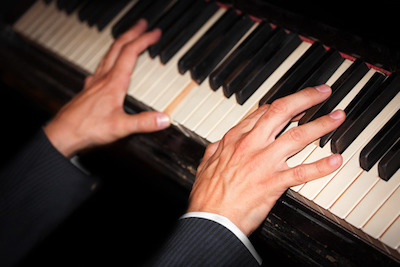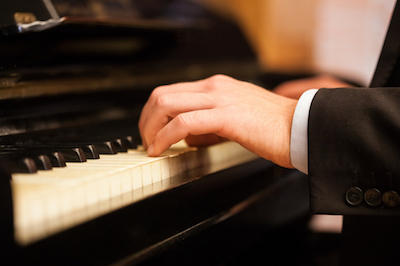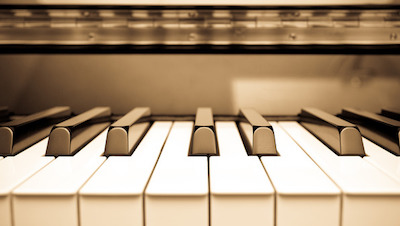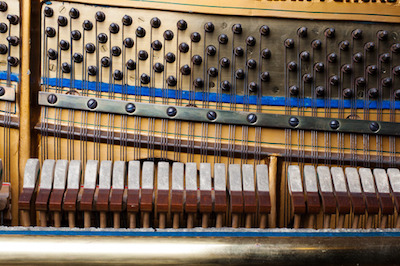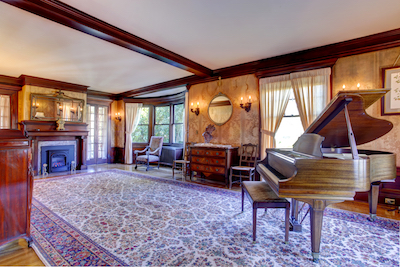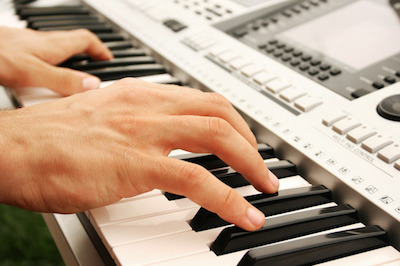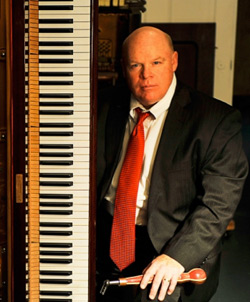The piano is one of the best known and most loved musical instruments. It also has the broadest range of any instrument, meaning music for all other instruments can be composed on it. You’ll often find the piano played solo. But when combined with any other instrument, including voice, you’ll find it creates pleasing harmony.
Technically speaking, the piano is also one of the most complex instruments. With over 2,500 parts, a lot of work goes into keeping a piano in playing condition.
The piano is a stringed instrument organized into one of five general areas: the case, the soundboard, the iron plate, the strings, and the action. 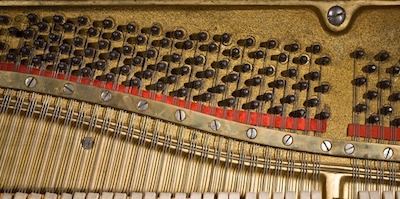
The case has many structural parts. It’s the case that protects the inner-workings of the piano. It’s also the part of the piano that connects the legs and the pedals, the rim and the keybed. A lot goes into production to ensure the casing is perfect for creating sound. Wood must be seasoned until it meets a specific moisture content to hold its contour. It must also be sanded, stained, and glazed properly to ensure sound properties meet certain qualifications.
The cast iron plate is installed over the soundboard and pinblock to provide strength and to anchor the strings under tension. It is made from molten iron poured into specially created match plates designed specifically for the piano being created.
A piano has 220 to 240 strings attached to hitch pins along the curved cast iron plate. It uses tuning pins to connect and vary the sound. Piano string isn’t string at all. Instead, it is made in specialized mills and consists of carbon steel wire. You’ll find the bass strings also wrapped in copper winding to add weight and thickness to the steel core strings, so they vibrate more slowly and produce longer, deeper sounds.
The piano action is the most complicated part of the process. It includes the keys, hammers, and action that creates the sound as the keys are struck. The keys balance and pivot on a set of rails that are covered with felt to prevent noise. Guide pins are inserted to help with balance. The keys are covered with black or white plastic. The voice depends on the quality of the hammers. Many materials are used in this process depending on the manufacturer, which today’s processes includes a premium wool felt.
A piano is usually named depending on its size. Grand pianos come in concert, baby and smaller apartment size. The vertical comes with five standard sizes recognized in the industry: spinet, consolette, console, studio, and professional.
Our current modern day pianos haven’t changed much in the past century as far as appearance, but they continue to be refined based on today’s technology. You’ll find better materials, more refined processes, and smoother finishes are a standard in everything produced today.
Ultimately, it comes down to sound. Stop by today to hear the difference in today’s modern piano.
